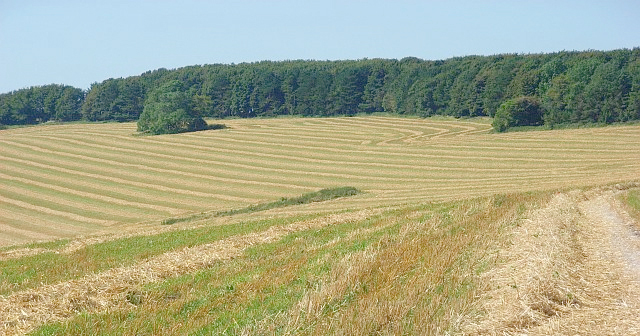
Average arable land values rose by 2.8% to £10,206/acre in 2015, but the average masks wide and significant local and regional variations within the market.
According to analysis of the Strutt & Parker Farmland Database, average prices paid in the East of England have eased back, whereas prices in the south east of England have risen.
In the East of England the average price paid for arable land fell from £11,528/acre in 2014 to £10,135/acre in 2015, reflecting a fall in the number of buyers willing to pay premium prices.
Michael Fiddes, head of farm agency at Strutt & Parker’s Cambridge Office, said: “In 2015 we have continued to see a huge range in prices achieved per acre in the east - a reflection as much on local demand as land quality.
“The difference between 2015 and the previous year is fewer buyers paying premium prices which is reflected in a lower average price - not surprising with commodity prices under pressure.”
While prices also generally eased back elsewhere over the second half of the year too, the average price of arable land in the south east of England rose by 10% between 2014 and 2015 from £10,189/acre to £11,271/acre.
Price rises were also recorded in the West Midlands (up 9%), East Midlands (up 6.6%) and south west (up 4.8%).
In the north of England, analysis shows average prices for arable land fell by 2.3% while the price paid for pasture rose by 14.8% from £5,389/acre to £6,186/acre.
Strutt & Parker also saw an 11% increase in average arable land values recorded in Scotland, taking the average price to £7,510/acre.
Mark McAndrew, head of Strutt & Parker’s estate and farm agency department, said: “There has been a readjustment in prices, largely driven by falls in commodity prices which has made farmer-buyers more cautious.
“We have also seen a 30% increase in the amount of land coming to the market, which has brought back some equilibrium between supply and demand. Big prices are still being achieved in some areas, but it is generally less common.”
Mr McAndrew said he expected prices to remain flat for the next year to 18 months and then start to rise again in 2017.
“The short-term outlook is sluggish but we expect prices to pick up again from 2017 onwards. Our forecast is that prices could rise by 11% over the next five years.
“The underlying factors which have underpinned growth in the market over the past decade have not gone away. These include a diverse range of potential buyers, looking to take advantage of the tax benefits of owning land, as well as the long-term need for UK agriculture to contribute to feeding a growing global population.”
The data also showed that:
· Farmers continue to be the dominant buyers in the market, accounting for 53% of the market.
· The highest prices for arable land have been paid for larger blocks of land of over 1000 acres.
· There can be considerable volatility in prices paid from quarter to quarter. While the average quarterly growth in recent years has been 3%, there has been a wide range in growth rates from -13% to +34%.
